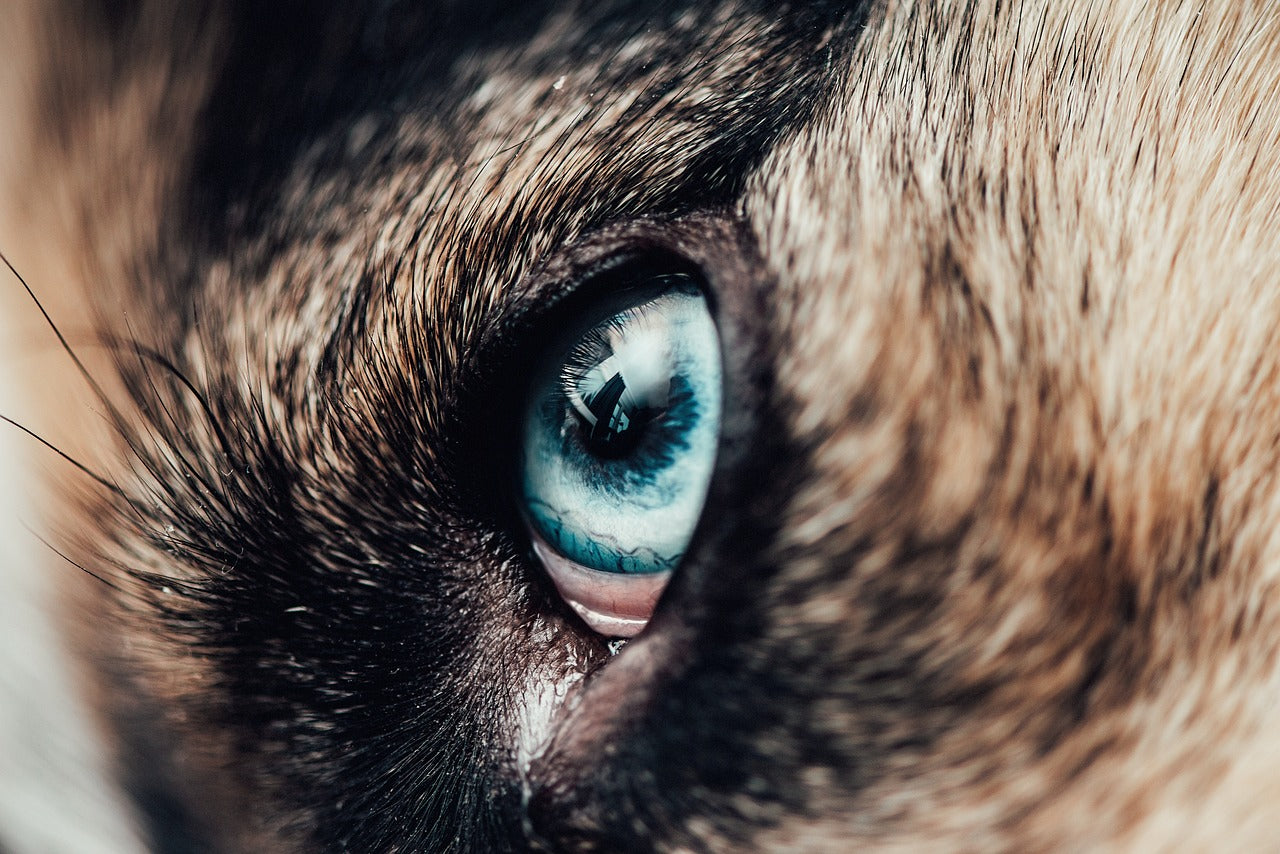Ocular surface diseases are disorders of the surface of the cornea, the transparent layer that forms the front of the eye.
Allergies, infections, immune reactions, hormonal deficiencies, injuries, abnormal growth, nerve damage, the environment, genetic predisposition and certain medications can decrease tear production or can interfere with normal distribution of tears. Identifying and treating the underlying cause is an important step in the treatment of this disorder. Ocular surface diseases can seriously impact an animal’s eyesight and quality of life. Signs and symptoms may include:- Red eyes
- Frequent rubbing of the eye area with paws
- Watery eyes
- Tearing
- Tear-stained fur around the eyes
- Accumulation of secretions and/or debris on eyelashes, eyelids and lid margins
- Evidence of pain or soreness near the animal’s eyes when you try to clean them
KCS occurs when tears cease to be produced in sufficient amounts or the quality of the tear film diminishes due to evaporation. This results in the loss of proper tear function. With KCS, the cornea is deprived of oxygen & nutrients, causing potential irritation. Infection may then set in, which can lead to corneal damage and possibly blindness if left untreated.
Many cases of keratoconjunctivitis sicca (KCS) continue to go undiagnosed or untreated. Proper diagnosis and management can only be provided by specialized professionals, with the assistance of effective diagnostic tools and reliable treatment options. I-MED Animal Health is focused on providing veterinary professionals with the most innovative and effective products at an affordable price.









